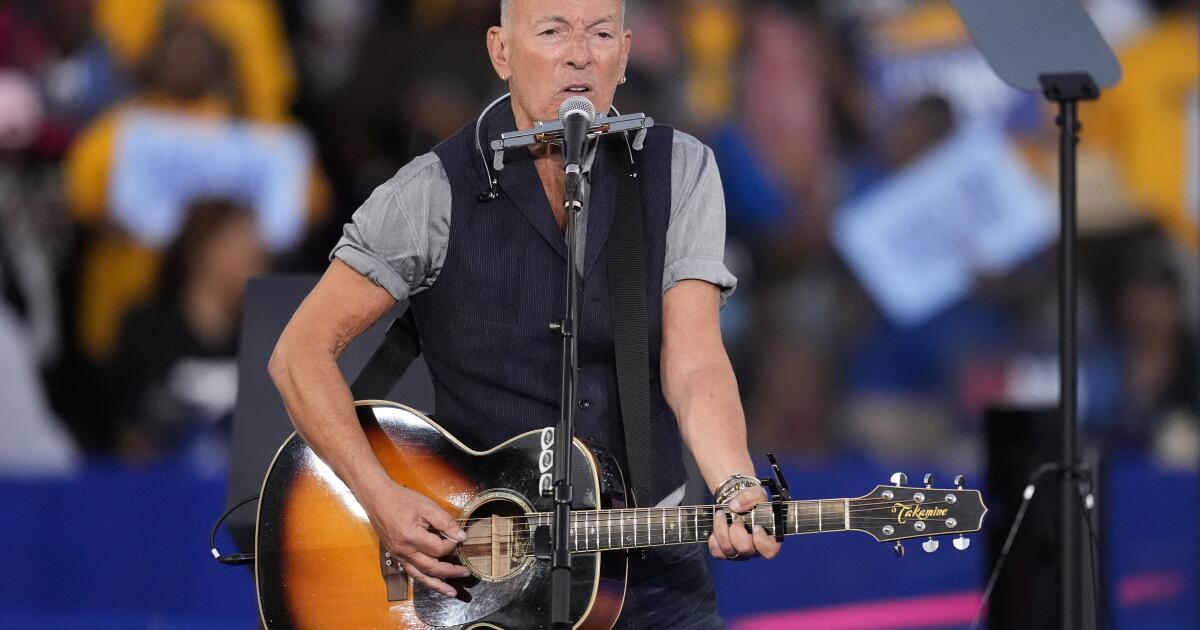Prime Minister Narendra Modi’s alliance was headed for a narrow majority as vote-counting in the general election neared completion yesterday, with the tally well short of a widely expected landslide.
Modi’s own Bharatiya Janata Party (BJP) was falling short of a majority of its own in the 543-member parliament, the trends showed. Having to depend on allies to form the government could introduce some uncertainty in policy-making as Modi has ruled with an authoritative hold in the last decade.
The Hindu nationalist BJP won a majority of its own when it won power in 2014, ending India’s era of unstable coalition governments, and repeated the feat in 2019.
The prospect of Modi having to rely on allies spooked markets with stocks falling steeply. The blue-chip NIFTY 50 sank 5.9% and the S&P BSE Sensex tumbled 5.7%, posting their steepest decline on an election outcome day since 2004.
The rupee also fell sharply against the dollar and benchmark bond yields were up.
Huge devotion: Supporters of Modi carrying his portrait as they celebrate outside the BJP headquarters in New Delhi after counting began for India’s general election. — AFP
Markets had soared on Monday after exit polls on June 1 projected Modi and BJP would register a big victory, and the ruling National Democratic Alliance (NDA) was seen getting a two-thirds majority and more.
At 1100GMT (7pm Malaysian time), TV channels showed the NDA was ahead in nearly 300 of the 543 elective seats in the lower house of parliament, where 272 is a simple majority, with about half the votes counted.
They showed BJP accounted for under 250 of the seats in which the NDA was leading, compared to the 303 it won in 2019.
BJP’s numbers were likely pulled down by the party’s poor showing in the country’s most populous state, Uttar Pradesh, which also sends 80 lawmakers to parliament, the highest of any state.
The party was leading in 36 seats in the state, down from the 62 it won there in 2019, with analysts saying bread-and-butter issues had overshadowed the BJP’s appeal to the Hindu majority.
A grand temple to Hindu god-king Lord Ram that Modi inaugurated in January had not boosted BJP’s fortunes as it was expected to, they said.
“The trend very clearly shows that in a state like Uttar Pradesh…the temple is not the only deciding factor any more,” political analyst Surendra Kumar Dwivedi said. “Developmental issues…and unemployment made an impact on the youth who were the largest chunk of voters.”
Careful counting: Volunteers carrying electronic voting machines at a vote counting centre in Mumbai. — AFP
The opposition INDIA alliance led by Rahul Gandhi’s centrist Congress party was leading in over 220 seats, higher than expected. Congress alone was leading in nearly 100 seats, almost double the 52 it won in 2019 – a surprise jump that is expected to boost Gandhi’s standing.
“It’s a fair assessment to say 400 at the moment certainly looks distant,” BJP spokesperson Nalin Kohli told the India Today TV channel, referring to some projections that gave over 400 seats to the NDA.
“But we need to wait…to have a final picture of the seats because the exit polls speak of a massive sweep, (and) the counting trends currently don’t seem to match that,” he said.
“The BJP-NDA will form the government, that trend is very clear from the start,” he added.
If Modi’s victory is confirmed even by a slim margin, his BJP and its allies will have triumphed in a vitriolic campaign in which parties accused each other of religious bias and of posing a threat to sections of the population.
Investors had cheered the prospects of another Modi term, expecting it to deliver further years of strong economic growth and pro-business reforms, but the margin of victory emerged as a worry during the counting.
“The key question is whether BJP can retain single party majority. If not, then would its coalition be able to deliver economic development, particularly infrastructure?” said Ken Peng, head of investment strategy, Asia, at Citi Global Wealth in Singapore.
“There may be more expansionary fiscal policy to strengthen welfare and other local government spending,” he said.
Neelesh Surana, chief investment officer, at Mirae Asset Mutual Fund, said the market reaction was an over-reaction that reflected a sense of disbelief.
“However, despite the verdict, there will likely be underlying continuity in government policies,” he said.
Modi, 73, who first swept to power in 2014 by promising growth and change, is seeking to be only the second prime minister after India’s independence leader Jawaharlal Nehru to win three straight terms. — Reuters

